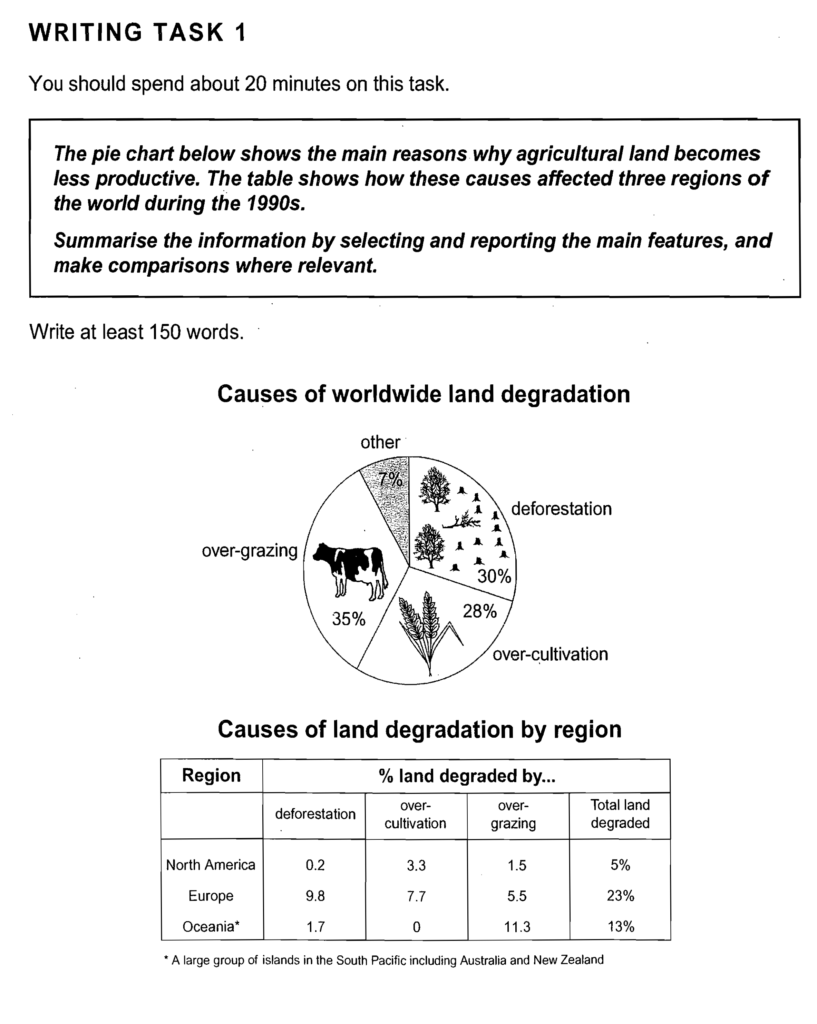
The Nursing and Midwifery Council (NMC) in the UK has just approved two changes to their English language requirements. The changes ensure a fair and reliable approach to validating the language proficiency of nursing and midwifery professionals.
The two changes affect:
- The scores and length of time when combining scores (also called clubbing); and
- The use of other evidence of English language competence.
The proposals were examined during an eight-week consultation that received more than 34,000 responses, which is a new record for the NMC. The timeframe for implementation is still being finalised but it is expected the changes will come into effect from January 2023 at the earliest.
To help you better understand the changes, we’ve put together an overview of each change and how it affects nurses and midwives applying for registration in the UK.
Change one: Combining scores
The first change the NMC will implement is around the minimum scores it will accept when a nurse or midwife combines English scores achieved across two test sittings. Currently, when combining test scores, an applicant will need to achieve an overall OET score of B in Listening, Reading and Speaking and C+ in Writing provided no score from either test is lower than C+.
Under the new regulations, the NMC will accept combined scores if they score a B in Listening, Reading and Speaking and C+ in Writing and no sub-test is more than half a grade lower than the required score. What this means is that nurses and midwives could score a C in one of their Writing sub-tests (provided the score is above 250) and a C+ in another and still combine their scores. In another example, a nurse or midwife might score a B in Reading and a C+ during another attempt and still combine their scores.
Take a look at the box below for an example of scores that will meet the new NMC requirements from January:
| Test One | Test Two | |
| Listening | C+ | B |
| Reading | B | C+ |
| Writing | C (score 250 or upwards) | C+ |
| Speaking | B | B |
In this example, the required mark has been achieved in at least one of the two sittings, and everything is within half a grade of the required mark.
Take a look below for scores that will not meet the new NMC recruitments:
| Test One | Test Two | |
| Listening | C+ | B |
| Reading | B | C |
| Writing | C+ | C+ |
| Speaking | B | B |
In this example, Reading is more than half a grade lower than required in the second test
Additionally, the NMC will extend the period for combining test scores from six to 12 months to allow for greater flexibility and more time to prepare before retaking the test.
Change two: Other evidence
The second change is around the types of evidence nurses and midwives can use to prove their language proficiency. The NMC will accept supporting information from employers as supplementary evidence for:
- Applicants who have trained in English but in a non-majority English speaking country; or
- Applicants who have taken the test at least twice and narrowly missed the required score in their English language requirement for one sub-test by half a grade
- All applicants will need to have worked for their employer for a minimum of 12 months within the last two years, in practice in a health and social care setting in the UK.
For applicants meeting the above conditions, UK employers will be able to provide evidence regarding a nurse or midwife’s use of English in a health and social care setting. The types of evidence will include interactions with people who use services relating to their role.
To help ensure consistency, the NMC will create a standard for employers to complete. Additionally, your manager will need to be a NMC registered professional, while the form will need to be counter signed a more senior NMC registered professional who is working for the same employer.
Both changes should provide greater flexibility for healthcare professionals who are either applying for registration in the UK or currently contributing to health and social care in the country.
If you would like to learn more about the NMC changes, please head over to the regulator’s website.
Or for a hassle free clearance of your OET test contact us


